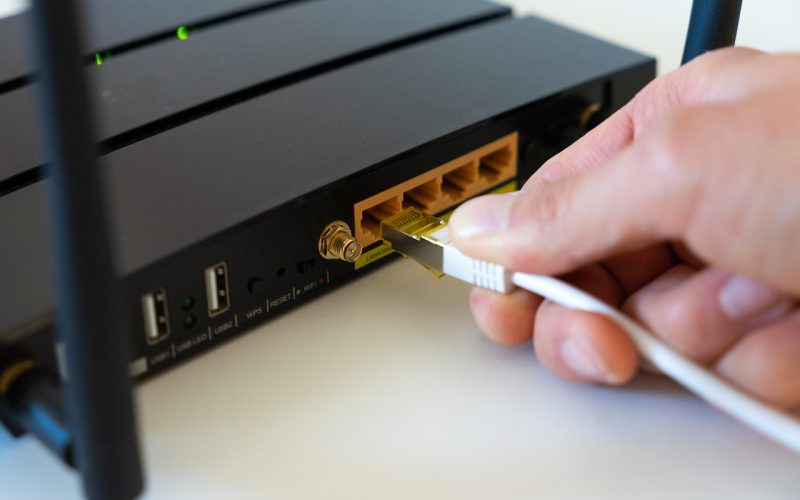
What is Network-Attached Storage?
Network-attached storage is a type of storage device that is connected to your router. This makes it accessible to all of the computers in your home network. It is convenient because you can access your files anywhere, including your mobile phone or tablet. You can even stream your home movies from the storage device. You don't even need to be at home to access them. Many NAS systems allow for unlimited data storage, so you can keep a copy of everything. The advantage of network-attached storage is that it is more affordable than storage area networks. The main disadvantage of…



